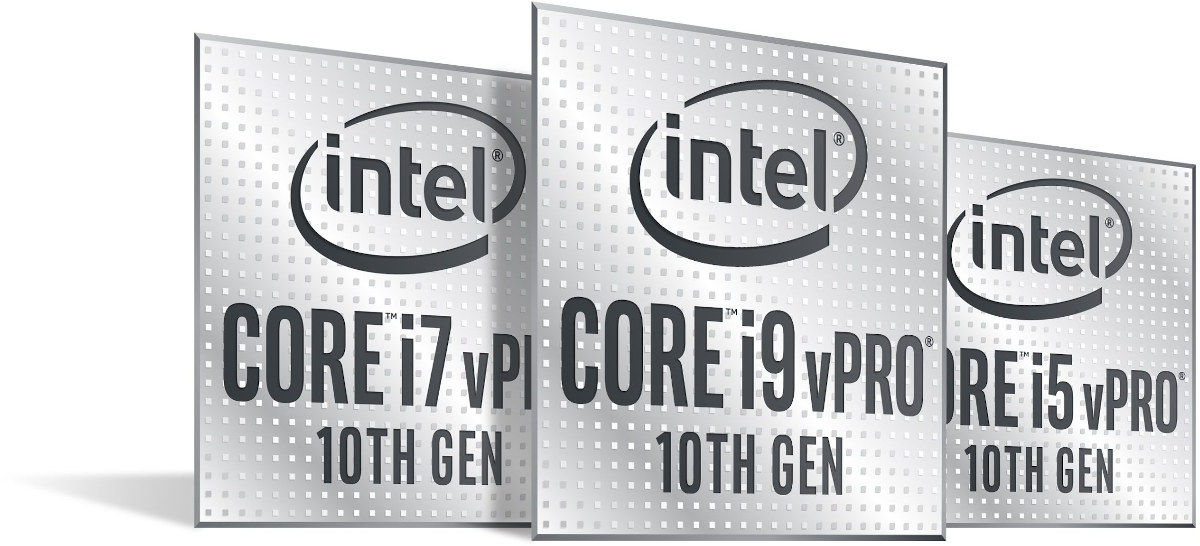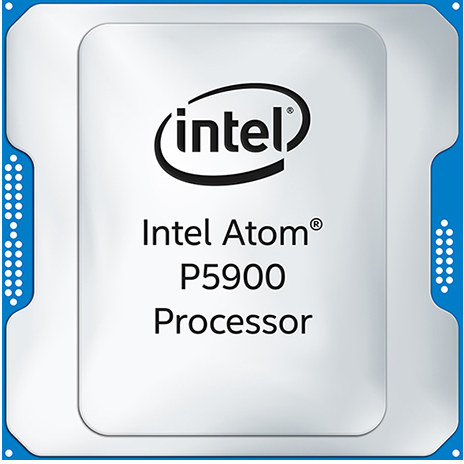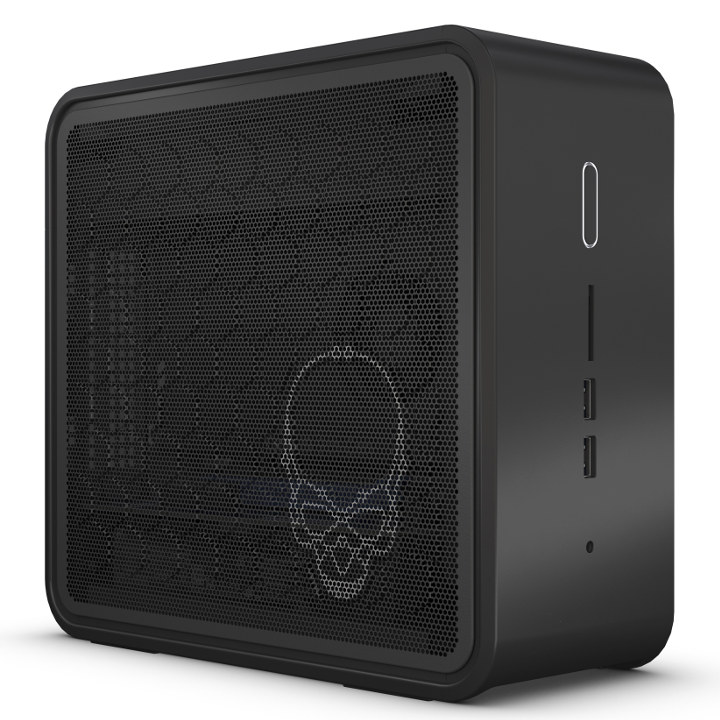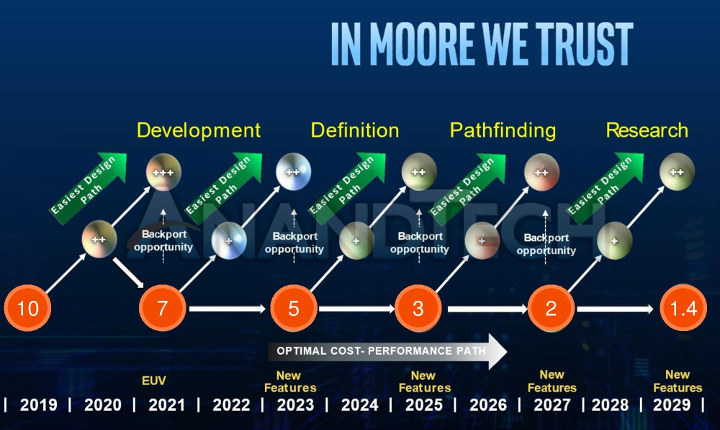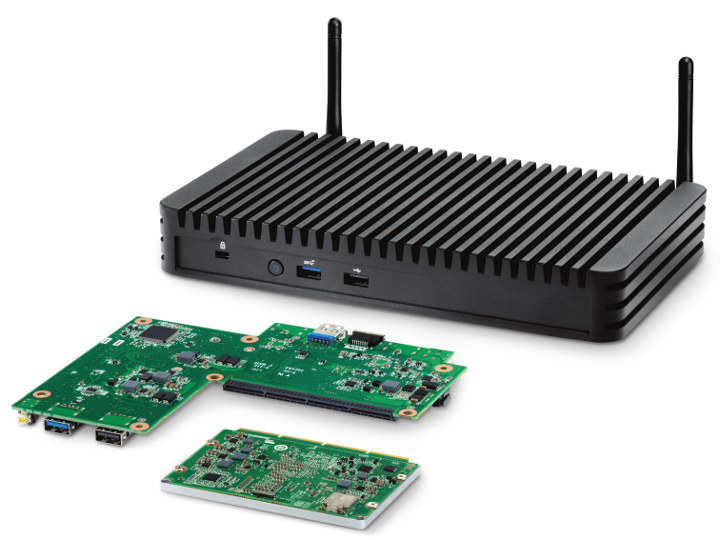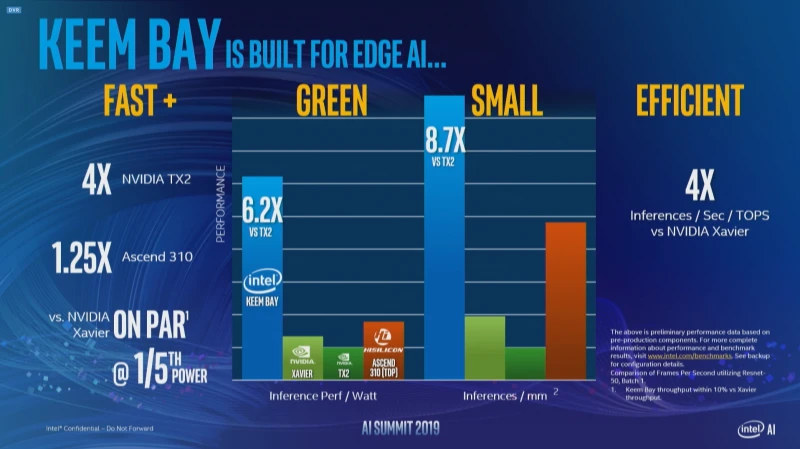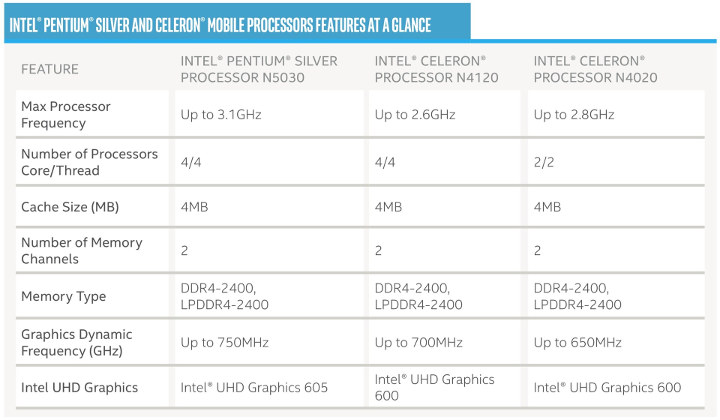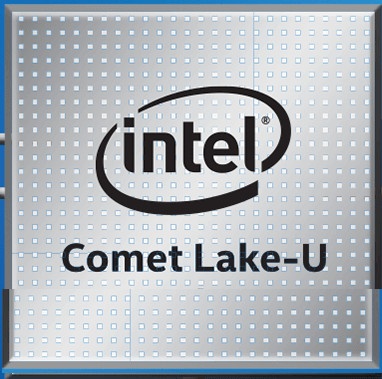Last week, we covered AMD Ryzen PRO 4000 processors with 15W TDP targeting ultra-thin business laptops with PRO features such as security, manageability, reliability, and longevity which are needed by enterprise customers. AMD compared the performance of their new processors to Intel Comet Lake processors without PRO features, but Intel has now just announced several Comet Lake processors with Intel VPro, including three 15W parts aims at the same markets as AMD Ryzen PRO 4000 processors. Liliputing has the full list of the about 40 parts that range from 15W to 125W Comet Lake Core VPro SoCs for mobile and desktop use to Comet Lake Xeon processors for workstations, but I’ll focus on the three 15W processors here: Core i5-10310U quad-core/octa-thread processor @ 1.7 GHz / 4.4 GHz (Turbo) with 6MB cache, 24EU Intel UHD Graphics; TPD down: 10W, TDP up: 25W Core i7-10610U quad-core/octa-thread processor @ 1.8 GHz / […]
Intel Atom P5900 “Snow Ridge” Processor to Power 5G Base Stations
Intel may have given up on developing 5G modems for mobile devices, but the company will still be participating in the ramping up of 5G technology by focusing on 5G infrastructure instead. So the company has just introduced the Atom P5900 “Snow Rigde” processor family designed for 5G wireless base stations requiring “high throughput, low latency processing for high-density network edge and security solutions”. The 10nm chips are offered with 8 to 24 cores based on the Tremont micro-architecture. There are four Atom P5900 “Snow Ridge” processors so far: Intel Atom P5921B 8-core processor @ 2.20 GHz with 9MB cache Intel Atom P5931B 12-core processor @ 2.20 GHz with 13.5MB cache Intel Atom P5942B 16-core processor @ 2.20 GHz with 18MB cache Intel Atom P5962B 24-core processor @ 2.20 GHz with 27MB cache P5912B supports up to 64GB ECC DDR4 memory, and other parts can handle up to 128GB RAM. […]
Introducing the Intel NUC 9 Compute Elements, Mini PC Kits, and 3rd-Party Ecosystem
Intel’s NUC mini PC range is familiar to anyone who has looked for a very small compact and functional PC. But they, and similarly sized mini PCs in general, have a notable limitation when compared to desktops and also many high-end laptops in that the graphics performance is somewhat restricted because it is typically provided by the processor’s integrated graphics. Whilst these integrated graphics are suitable for browsing, video playback, and the office style applications that the devices have been marketed towards, they are normally insufficient for gaming as only low framerates are obtainable. Intel initially tried to address this gaming shortfall through the introduction of the Intel Skull Canyon (NUC6i7KYK) NUC which came with a 6th-gen Skylake Core i7-6770HQ that included Iris Pro Graphics 580 and at the time with their 72 EUs (Executions Units) was Intel’s most powerful integrated GPU. Additionally, the Skull Canyon also featured a (USB-C) […]
Intel Roadmap 2019-2029 – 1.4 nm Processors Expected within 10 Years
A roadmap from a slide by ASML presented at the IEDM conference recently shared on Anandtech shows Intel Roadmap for the next ten years with 7nm manufacturing process expected in 2021, 5nm in 2023, 3nm in 2025, 2nm in 2027, and 1.4nm in 2029. Intel did however contact Anandtech to explain the slide from ASML is a modified version of the Intel slide shown below that does not show actual process nodes, only the dates. I suppose Intel does not want to make any commitments seeing how their 10nm technology suffered delays after delays, and in any case the actual dimensions of the process may vary by that time frame depending on difficulties or new discoveries made. Both slides mention +, ++, and backport opportunities for all new processes. + and ++ are just iterative improvements for the current process, while back- porting is the option to port a process […]
Intel Austin Beach is a Modular, Fanless NUC Powered by Intel NUC Compute Elements
Unveiled last May, Intel NUC Compute Element is a family of cards that should cost less than the failed Computer Cards, and easy to handle than your typical computer-on-module. The first Compute Elements showcased at Computex 2019 were powered by a 15-Watt Core U-series processor, and now various models will find their way into Intel Austin Beach fanless NUC with “Chandler Bay” NUC Compute Elements powered by Whiskey Lake processors. Intel Austin Beach specifications: Chandler Bay Compute Element (one or the other, all 15-W Whiskey Lake) BKCM8CCB4R – Intel Celeron 4305U 2-core/2-thread processor with 4GB LPDDR3, 64GB eMMC storage BKCM8PCB4R – Intel Pentium Gold 5405U 2-core/4-thread processor with 4GB LPDDR3, 64GB eMMC storage BKCM8i3CB4N – Intel Core i3-8145U 2-core/4-thread processor with 4GB LPDDR3 BKCM8i5CB8N – Intel Core i5-8265U 4-core/8-thread processor with 8GB LPDDR3 BKCM8v5CB8N – Intel Core i5-8365U 4-core/8-thread vPro processor with 8GB LPDDR3 BKCM8i7CB8N – Intel Core i7-8565U 4-core/8 […]
Gen 3 Intel Movidius “Keem Bay” VPU Introduced at 2019 Intel AI Summit
Intel made announcements about upcoming AI solutions at 2019 Intel AI Summit. Those include Intel Nervana Neural Network Processors (NNP) for training (NNP-T1000) and inference (NNP-I1000) for cloud and data center customers, as well as Gen 3 Intel Movidis “Keem Bay” VPU. We’ll focus on the latter in this post with Intel claiming similar performance as NVIDIA Jetson AGX Xavier at much lower power consumption with claims of up to 4.7 times more power efficiency when using ResNet-50 benchmark inference measurement using INT8 with a batch size of 1. Considering Jetson Xavier AGX has a ~30W power budget, that would mean Movidius “Keem Bay” consumes around 6 Watts. Compared to Myriad X MA2085, the new Gen3 VPU is said to have more than 10 times the inference performance. Intel did not provide any TOPS figure, but considering the company announced 1 TOPS of neural compute performance for Myriad X, one […]
Intel Gemini Lake Refresh Family Announced with 6 new Processors
Intel Gemini Lake processors were first introduced in 2017, and we’ve gotten some interesting low-power mini PCs as well as SBCs such as ODROID-H2, albeit it was not with troubles since the processors were unavailable for several months. Production of Gemini Lake processors resumed a few months ago, and now the company has announced Gemini Lake Refresh family with 6 new processors. This includes three 6W mobile “N-series” processors… … and three 10W desktop “J-series” processors. Since those are “refresh” processors each new part improves on existing SKU’s with increased frequencies as noted by Liliputing. See the list of Gemini Lake and Gemini Lake Refresh processors below with the latter highlighted in bold. Celeron N4000 – Dual-core processor @ 1.1 GHz (base) /2.6 GHz (boost) Celeron N4020 – Dual-core processors @ 1.1 GHz /2.8 GHz Celeron N4100 – Quad-core processor @ 1.1 GHz /2.4 GHz Celeron N4120 – Quad-core processor […]
Intel Introduces Celeron 5205U & Pentium Gold 6405U Lower Cost Comet Lake-U Processors
Intel officially launched the 10th Generation Comet Lake processor family at the end of September with a choice of Core i3, i5, and i7 processors with 15W TDP (Comet Lake-U) or 4.5~5.5W TDP (Comet Lake-Y) which we’ve so far found in some laptops including some running Linux, and Windows mini laptops among other devices. Intel has now quietly added two new SKU’s to their 15W Comet Lake-U with respectively Intel Celeron 5205U dual-core processor and Pentium Gold 6405U dual-core/quad-thread processor which will come at a lower price than their Core i3/i5/i7 siblings. We’ll find the two new processors at the top of the comparison table below together with previously launched Comet Lake-U processors. SKU Cores / Threads Cache TDP/ UP TDP Base Freq (GHz) 1C Turbo (GHz) AC Turbo (GHz) GPU Freq (MHz) Memory support Celeron 5205U 2/2 2MB 15W 1.9 N/A N/A 900 LPDDR3 2133 /DDR4 2400 Pentium Gold […]


